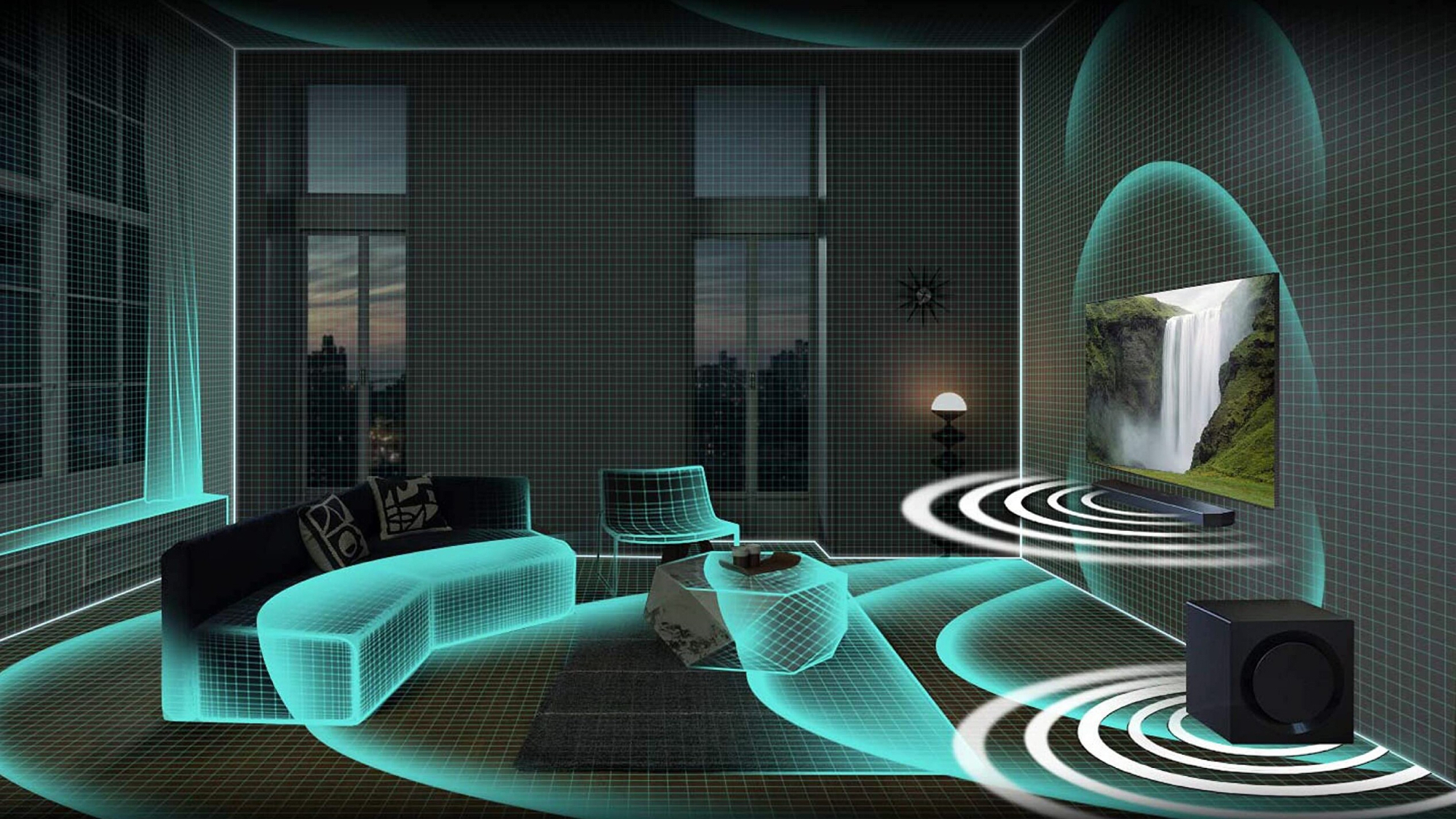Move over Dolby Atmos, a new rival from Samsung and Google is coming
Tech giants present their take on 3D spatial audio

Samsung and Google have been working behind the scenes to create a new 3D spatial audio technology to challenge the likes of Dolby Atmos.
‘Immersive Audio Model and Formats’ (IAMF), is claimed to be the first open-source 3D spatial audio technology.
Work on IAMF began back in 2020 through Samsung and Google’s joint venture, ‘Project Caviar’, which drove the idea of pushing open and royalty-free HDR video and 3D audio alternatives.
In an interview on Samsung's website, the company explains the new spatial audio technology comprises three core features: vertical sound, AI scene analysis, and user-customised audio.
On the topic of expressing sound vertically, WooHyun Nam from Samsung Research’s Visual Technology Team said, “IAMF makes sound more realistic, by allowing listeners to hear audio in front, behind or to either side and also above or below them. As such, when IAMF technology is applied to home TV speakers and sound bars, it allows listeners to hear sounds such as birds flying over their head on their TVs at home.”
Samsung also states that IAMF uses AI and deep-learning technology to analyse scenes and adjust audio levels where necessary. One example was how in TV and film the soundtrack and background should be the focus in certain scenes. “IAMF will balance the sound in these instances. Similarly, the technology will fine-tune audio when there is character dialogue to allow the listener to focus on the conversation,” said Nam.
Personalised customisation options also allow users to apply their favourite audio preferences to IAMF technology. These include the possibility of adding weight to sound effects from an action scene or enhancing dialogue during conversations.
The latest hi-fi, home cinema and tech news, reviews, buying advice and deals, direct to your inbox.
Samsung adopted Dolby Atmos in its TVs in 2022 but has yet to incorporate Dolby Vision into any models, opting to stick with its own, rival format, HDR10+. Now, with their own 3D spatial audio technology in the works, could this spell the end of Atmos in Samsung TVs?
It’s possible that we will hear more about IAMF at CES 2024 in January, so we will be sure to update you with any announcements. Stay tuned.
MORE:
Dolby Atmos: what is it? How can you get it?
HDR10+ – everything you need to know
Our pick of the best TVs 2023: flagship OLEDs and affordable flatscreens tried and tested
Ainsley Walker is a staff writer at What Hi-Fi?. He studied music journalism at university before working in a variety of roles including as a freelance journalist and teacher. Growing up in a family of hi-fi enthusiasts naturally influenced his interest in the topic. Outside of work, Ainsley can be found producing music, tinkering with retro tech, or cheering on Luton Town.
